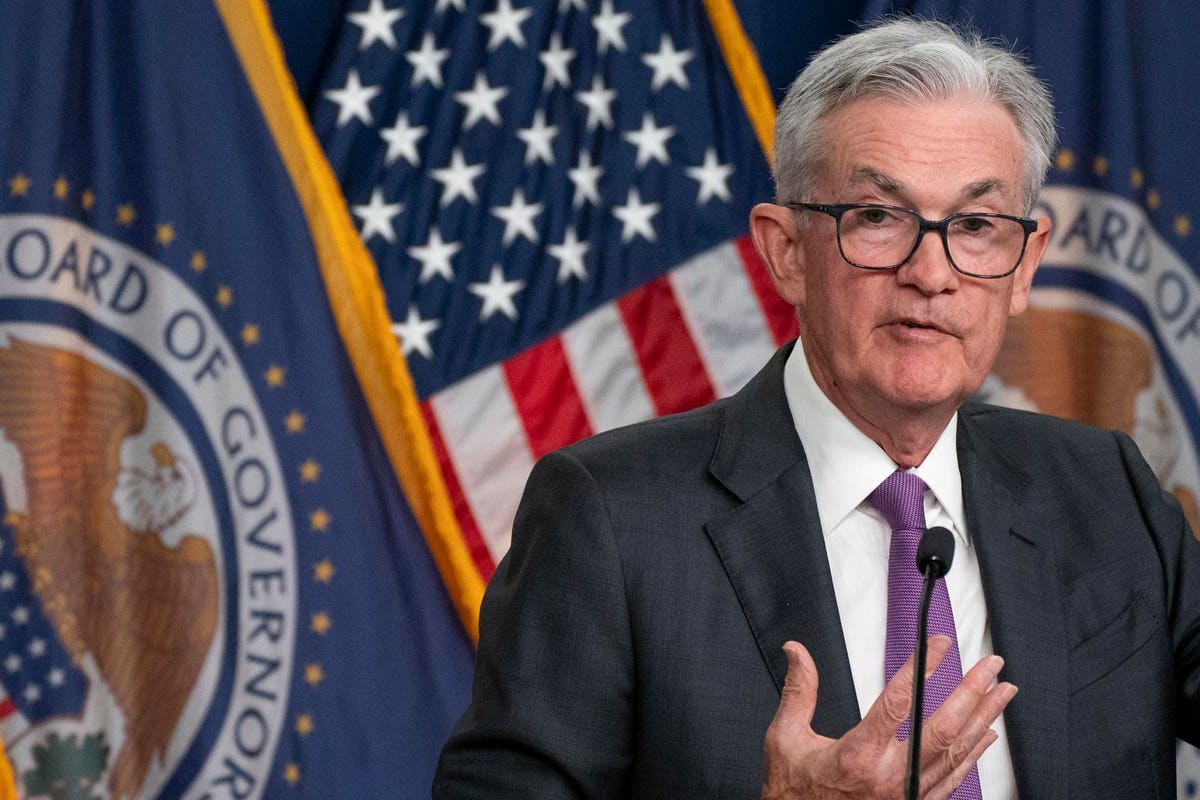The Federal Reserve is scheduled to set short-term interest rates again on September 20. Markets suggest that that Fed will most likely hold interest rates steady, after a 0.25-percentage-point increase at the July meeting.
There will be two new months’ of data for most economic series before the Fed’s decision, so a rate increase is possible if the data on inflation is dire, or if the economy continues to run much hotter than the Fed would like.
Conversely, it is seen as highly unlikely that the Fed would cut rates, absent some major economic shock. Specifically, the futures market, as assessed by the CME’s FedWatch Tool, estimate around a 1 in 3 chance that the Fed raises rates either in September or at the following meeting in November. That said, the bond market’s base case assessment is that we’re already most likely at peak rates with the current 5.25%-5.5% interest rate band for this cycle and so rates will most likely remain unchanged.
Economic Projections
If the Fed’s September decision is to maintain rates at current levels, as currently anticipated, then the updated Summary of Economic Projections also released on September 20, will offer some insight as to where rates could move in the final two 2023 Fed decisions, scheduled for November 1 and December 13. The minutes from the prior July meeting, expected on August 16 will also provide some color on the Fed’s recent thinking on interest rates and the economy.
As of the most recent projections from June, the Fed was looking for two more interest rate hikes in 2023. Now, one of those has already happened, in July. So if projections don’t meaningfully change and September’s meeting doesn’t see a move in rates, then the Fed may confirm that another hike is coming in November or December. However, the markets are implicitly more confident than the Fed that inflation will come down relatively quickly, and so the Fed won’t need to move rates above current levels.
Inflation Data
Despite the Fed and market’s estimates of future rate moves, what will ultimately determine the Fed’s actions is likely the path that inflation follows for the remainder of 2023 and beyond. So far, headline inflation has fallen sharply from peak levels of summer 2022, but core inflation, where energy and food prices are removed, has been slower to come down. The Fed is waiting for more data that core inflation is well under control before being comfortable moving interest rates lower. Consumer Price Index releases on August 10 and September 13 will be notable here. So far there have been some encouraging signs, but the Fed is continuing to watch services prices and wage growth closely, which are running well over the Fed’s 2% inflation target, albeit with some signs of trending lower.
The Key Question
Markets have some conviction that the Fed will leave rates unchanged in September. If so, then the main question will be if the Fed wants to leave a November or December hike on the table, through either the Summary of Economic Projections or the Fed Chair Jerome Powell’s press conference after the rate decision is announced. However, it may prove just as insightful to analyze the trends from the upcoming CPI, and other inflation releases, which may significantly inform the Fed’s thinking directly.
Read the full article here



